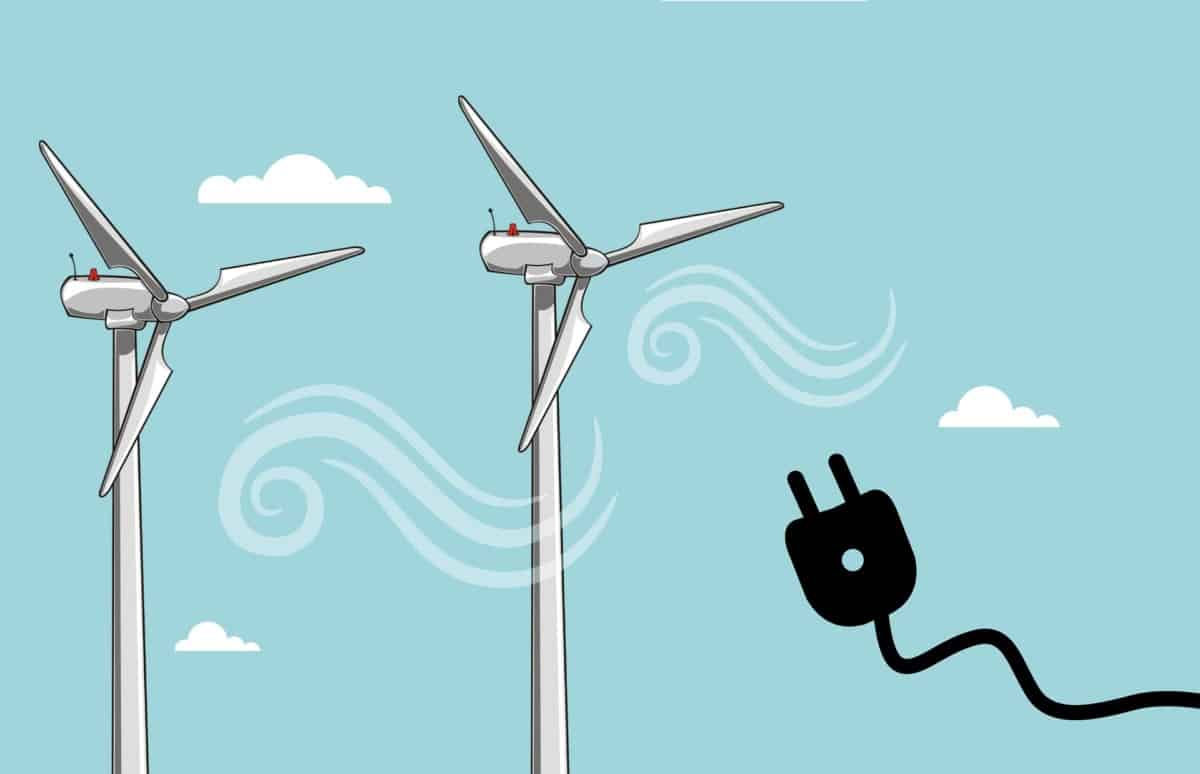Why do people require alternative energy sources? Use of such sources reduces reliance on other countries for oil supply, prevents a state against increasing fuel prices, limits consumption of non-renewable energy sources like coal, oil, etc., and most significantly, reduces environmental pollution and also counters the side effects on natural resources such as air, forests, water, etc.
The rise in the use of alternative sources of energy will make way for the creation of new jobs in place of this, promote economic development.
However, here is the List of Alternative Energy Sources:
- Solar Power
- Nuclear Power
- – Hydroelectric Energy
- Wind Energy
- Wave Energy
- Biofuels
- Natural Gas
- Geothermal Power
- Biomass Energy
- Tidal Energy
- Hydrogen Gas
What is Alternative Energy Sources?
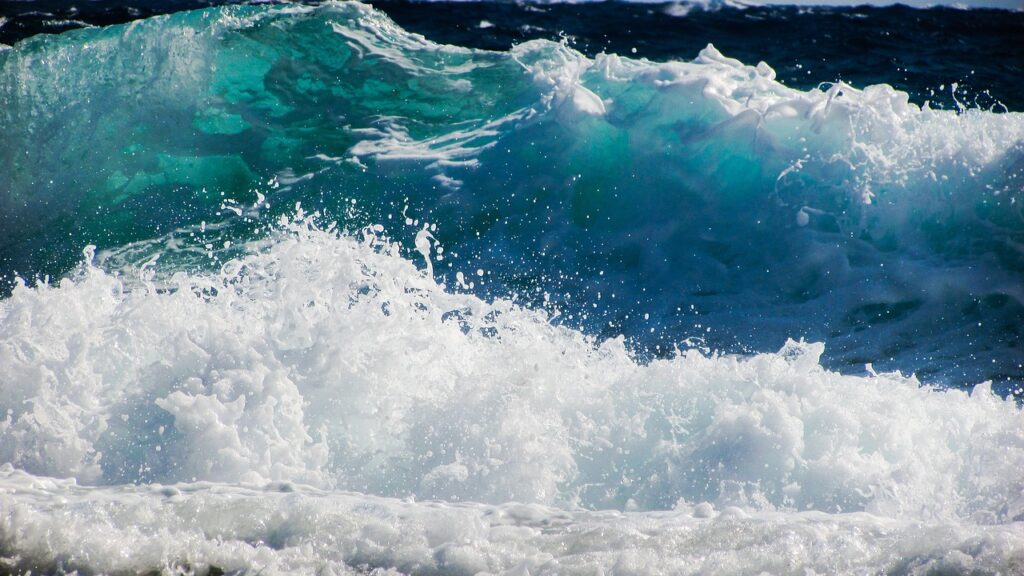
Alternative sources of energy represent the clean energy source (doesn’t pollute) that derives from a renewable and natural source of energy like wind, geothermal, waves, solar, tides, hydrogen, waste, biomass, and so on.
As the name implies, alternative energy source has appeared as an alternative to fossil fuels or alternative fuel source because fossil fuels are considered finite sources of energy and polluting the environment.
Today, people started using alternative energy source because these renewable energy sources aren’t polluting the environment and are assisting human in decreasing the level of greenhouse gas emissions — in the atmosphere and to lessen climate change effects.
The nature of what constitutes an alternative source of energy has changed considerably over time – as have controversies concerning energy use. Because of the difference of energy choices or options and differing goals of their advocates, thus defining most types of energy as an alternative is considered much controversial
Even if the alternative energy source is already used globally as a clean source of energy, there are some people interested in learning what’s alternative energy and what are the most recent discoveries in terms of alternative sources of energy.
What Are the Alternative Sources of
Energy
Human civilization has begun realizing how many injuries they’ve already caused to the environment; and also when it comes to taking a stand against all these environmental problems, the focus now shifts and switches to the use of Renewable Energy.
Moreover, have you ever wondered what Alternative Sources of Energy? And why are they supposed to aid people to sustain? Alternative energy sources don’t cause any undesirable results to the environment, are renewable and as well are free!
Alternative Sources of energy implemented for factories, cars, for houses, and any other facility you can imagine. However, scientists around the sphere are researching on evolving and discovering new Alternative Sources of Energy so that the increasing energy needs of the human population be able to meet more safely, efficiently, and quickly.
A List of Alternative Energy Sources
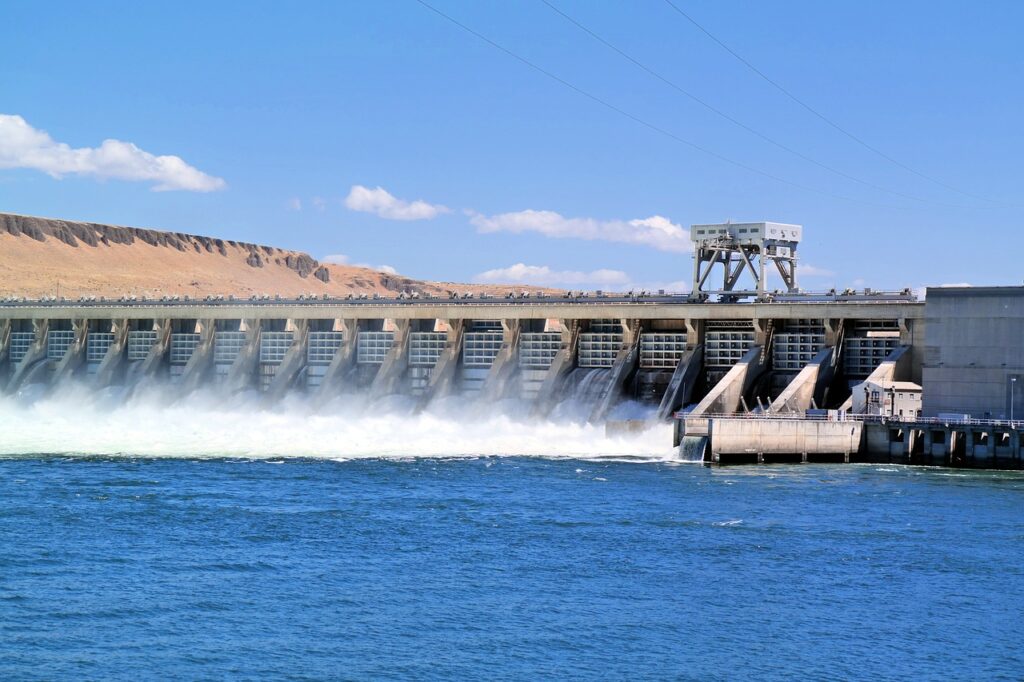
Below are some of the alternative sources of energy as mentioned earlier which will assist you in maintaining the balance of nature without causing any injury as compared to the conventional energy sources.
- Hydroelectric Energy: The potential energy reserved in the water held in dams is made to drive a generator and water turbine. Which in turn generates electric power. This form of energy generation also knows as hydroelectric power. However, out of all the alternative sources of energy, this one has been most popularly adopted in the current time.
- Solar Energy: This is a type of energy which the earth receives from the Sun. Moreso, this is one of the best promising alternative sources of energy, which will be available to humankind for centuries to come. The only problem remains to tap solar energy in the best efficient way.
Solar power production is done by using a series of photovoltaic cells – where the solar rays are transformed into electrical power. Aside from electricity generation, also solar energy is being used for cooking food, heating water, etc.
- Wind Energy: The power of the wind is harnessed to drive the blades of wind turbine which attached to an electric generator to create wind energy. Wind energy is the best alternative energy source in areas where the velocity of wind flow extreme.
- Biomass Energy: This is the type of energy developed from the wastes of various animal and human activities such as the by-products and residues from the timber industry, municipal solid waste, agricultural yields, etc. Besides, out of the multiple alternative sources of energy, however, this is the one which takes into account the use of waste material to evolve energy thereby disposing of them in an effective and profitably way.
- Geothermal Energy: This is the energy tapped for the benefit of mankind from the heat inside the Earth. However, hot rocks residing permanently in the core of earth heat water which outside the surface of the Earth with high force and as steam. This pressurized steam can also be used to run steam turbines to create electricity.
- Tidal Power: The surface of the Earth is 70.5 per cent covered by water bodies particularly oceans. The tides in water rise and fall due to the gravity of the moon and sun. Since people know about how the position of moon changes they can predict the rise and fall of tides. This rise and fall of tides can be used by setting up small dams and passing water via the turbines to produce power.
New Energy Sources
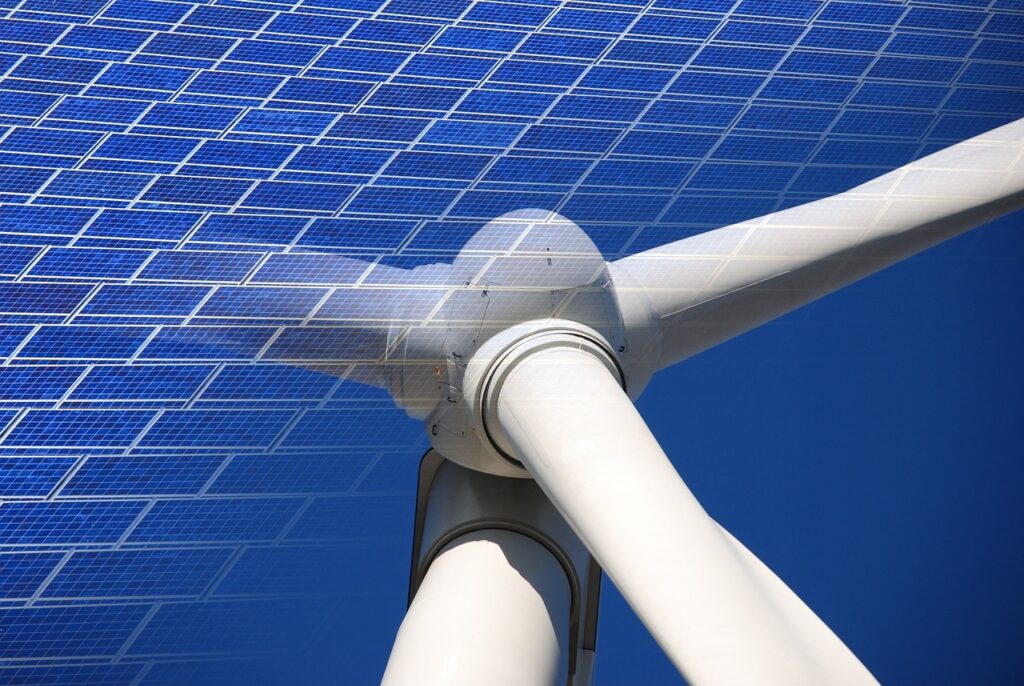
As the world’s population grows, scientists and researchers are becoming investigators searching and looking for new ways to provide energy. There are multiple forms of energy which are either costly, non-renewable or have by-products which are hazardous to humans and damaging to the global environment.
With the awareness that new energy is of prime significance, governments are looking for cost and affordable, effective energy systems which will enable the globe to transition from reliance on fossil fuels toward cleaner ways to create power.
Although much progress has been made in terms of wind and solar energies, new and exciting technologies are being advanced. These contain modular sources which aren’t dependent on extensive systems utilize centralized facilities. Modular energy will assist developing areas to achieve access to power for cooling and heating homes. Beneath are some new eneegy sources.
- Radiant Energy: Edwin Gray’s EMA Motor, Nikola Tesla’s Magnifying Transmitter, Paul Baumann’s Testatika Machine, and T. Henry Moray’s Radiant Energy Device all run on Radiant Energy. This natural energy can perform similar wonders as ordinary electricity at less than 2 per cent of the cost.
However, It doesn’t behave exactly like electricity, which has contributed to the scientific community’s misunderstanding of it. In Switzerland, the Methernitha Community currently has 6 or 7 working models of fuelless, self-running devices that tap this high energy.
- Permanent Magnets: Dr. Bearden Tom has two working models of a permanent magnet powered electrical transformer. It uses a 7-watt electrical input to drive the path of a magnetic field coming out of a magnet. However, by channelling the magnetic field, first to one output coil then a second repeatedly and speedily, the device can generate a 95-watt electrical output with no moving parts. Many inventors have working mechanisms that create torque from permanent magnets alone.
- Super-Efficient Electrolysis: Water can be broken into oxygen and hydrogen using electricity. When water is hit with its molecular resonant frequency, it then collapses into oxygen and hydrogen gas with little electrical input. Hydrogen fuel can drive engines (such as in your car) for the cost of water.
- Cold Fusion: Cold fusion is authentic — though initial claims were debunked. Not only has massive heat creation been frequently documented — but low energy atomic element transmutation has been catalogued, entailing dozens of variant reactions.
Alternative Resources of Energy
A List of Alternative Energy Sources; Here are the examples of top alternative resources of energy that are used around the world:
1. Solar energy: The production of electricity from the sun
2. Wind energy: The creation of electrical energy from the wind.
3. Biomass electricity: Plant-derived energy source that replaces gasoline for powering vehicles.
4. Ocean energy and Hydroelectric energy: Energies sourced from water
5. Geothermal energy: For global electricity creation or the utilization of steam from the ground’s core to heat the building.
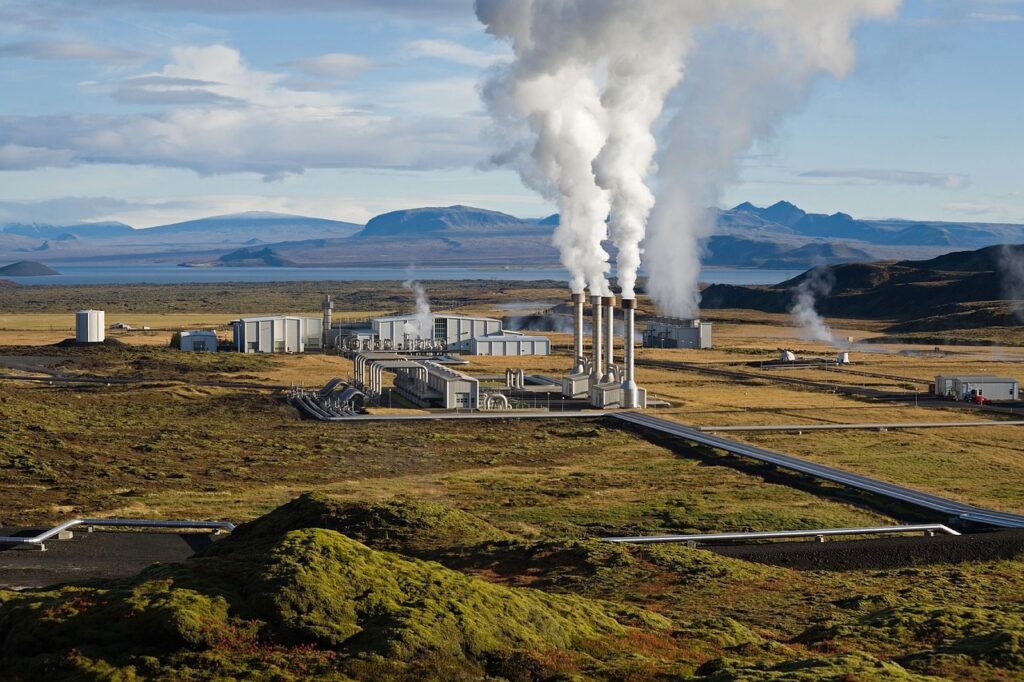
Alternate Energies
In the past three decades, people around the sphere have become increasingly conscious of the problem of energy. Traditional sources of energy such as natural gas and oil are dwindling speedily. In most countries, this has meant extracting and extricating natural resources at the expense of the environment.
Moreover, recent drilling for oil in places like Alaska, for instance, may injure or hurt wildlife in the area. To solve this problem, scientists are searching for new ways to put satisfaction on the world’s energy needs.
One possible solution to the energy challenge is Sun-believable known as Solar Paint. Scientists at Notre Dame University have invented a paint that can generate energy. However, the paint has energy-producing particles also called “quantum dots” that transform sunlight into electricity.
There are still some problems, despite the promise of solar paint. The paint only converts about 1% of light to energy. Likewise, the paint is inexpensive to make and can be used anywhere. Scientists are struggling to make the paint more efficacy in converting sunlight to energy.
Waste and garbage can also be transformed into energy, but there are many issues with this method. This method, called WtE (Waste to Energy), has become famous in the last ten years. In this situation, however, solid waste is burned at very extreme temperatures to produce energy.
The problem is that this burning process causes pollution, so it seriously creates more problems. Some new energy plants use a cleaner method of transforming waste into energy. Japan has recently built a lot of Waste to Energy plants since the year 2001.
More so, these types of energy plants still emit carbon dioxide, which contributes to other environmental problems. Waste to Energy plants remains insignificantly controversial among environmental and scientists activists.
Finally, the consumption of wind as an energy source is becoming more common recently. Floating wind farms are vast groups of giant wind turbines (fans) that most countries are starting to build. Building the turbines on the ocean is much more useful than building them on land simply because there tends to be a stronger and steadier wind on the sea.
Also, building the farms on the ocean assists save valuable space in crowded nations. After the nuclear disaster in March of 2011 at Fukushima, the Japanese government announced plans to create 85 floating wind turbines off the coast of Fukushima by 2022.
Recent Posts
Understanding Energy and Electricity: The Power For Progress
Energy and Electricity Energy and electricity are integral components of modern life, powering everything from homes and businesses to transportation and communication. Without them, the...
The Future of Wind Energy The future of wind energy is set to play a critical role in addressing global energy needs while combating climate change. As renewable energy sources like wind and...


